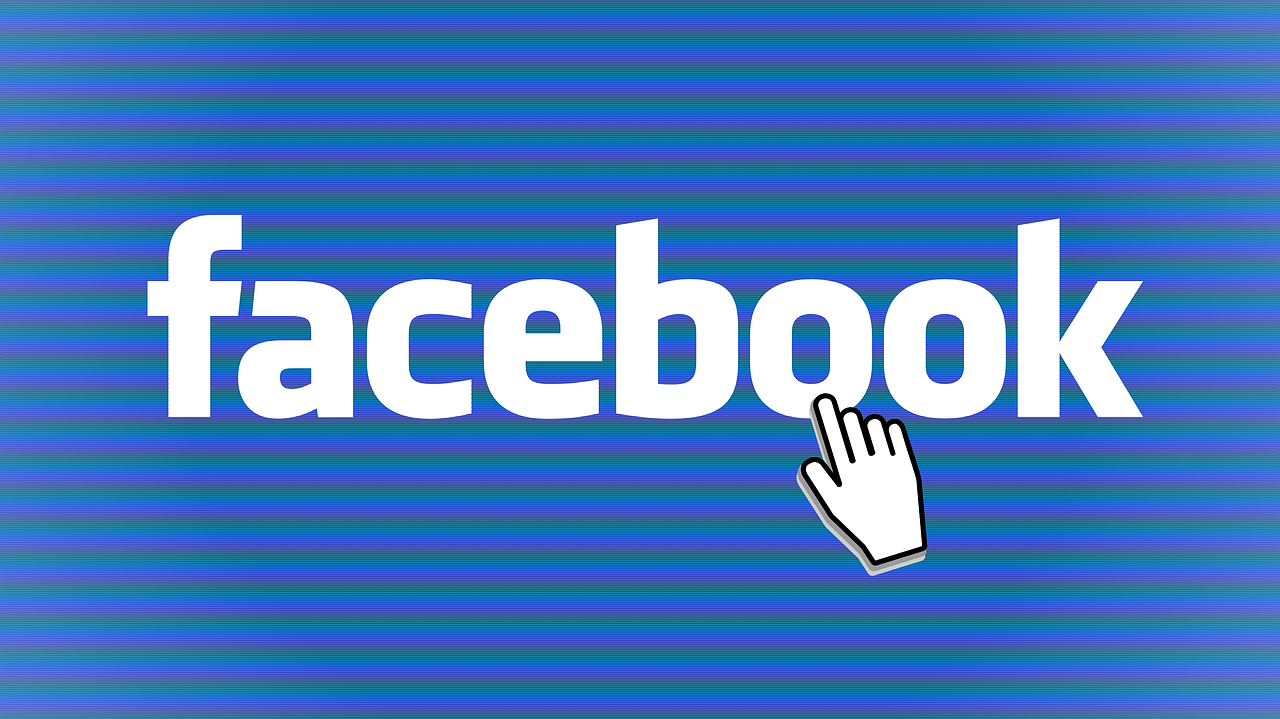Facebook is currently testing out its newest feature: the “buy” button. Although it is only on a preliminary basis at the moment, many believe it to be the new frontier in online retail. With a respectable sample size of 1.28 billion active users and 40+ million business pages registered, should this feature become standard it would make Facebook the largest and most data-rich retailer on the internet.
Photo Courtesy of dashburst.comHow it works:
Facebook will be implementing their “buy” button for a select bunch of small-to-medium sized businesses. The way this works is that the user will store their card information on file with Facebook and by doing so, they will never have to worry about filling in all of the checkout fields again. Of course, the option to check out without storing your card information is still available for those fearful of security breaches. The simplicity of clicking the buy button, and once more to confirm the order (pending that you’ve stored your card information), is believed to help with higher conversion rates of purchases.
The more steps in the purchasing funnel (i.e. going off page, filling out credit card information, etc), the more likely a consumer is to change his/her mind. This is what makes the simplicity of Facebook’s retail premise so enticing: it couldn’t be easier and you never leave the comfort and familiarity of your own news feed. In addition, if the buy button can prove to be successful at raising conversion rates, it would make advertisements on Facebook even more valuable and prices would inflate, causing the social media site to become an all-intensive money making machine.
Evolution of the buy button:
The buy button as it is currently used has evolved from several other sample features that Facebook has rolled out since 2012. First, was the “collect” button which worked much the way pinning does on Pinterest. By collecting items from your news feed, it created a wish list on user profiles that had a buy button directing you offsite to a point of purchase.
Next, Facebook started introducing an auto-fill feature in an attempt to increase conversion. It memorized credit card information and would auto-fill in the offsite that traffic was directed to, in order to assist in the purchasing process.
Finally, Facebook issued the “donate now” button which took pledges for various nonprofit organizations. This feature collected credit card and billing information to assist with the auto-fill, and also included a pop-up window that allowed you to remain onsite rather than being directed to a new window.
Competition:
Although this buy button is merely in a testing phase for a select sample of small-to-medium sized businesses, people are not hesitating to speculate about how Facebook as a retailer will measure up to an already established online retailer like Amazon.
Amazon has an active user base (those who have made a purchase within the past 12 months) of 244 million people that contributed to $67.9 billion in sales in 2013. That’s 49.6 billion more than the second largest online retailer, Apple (who sold $18.3 billion in 2013, largely due to their iTunes sales). Those numbers are staggering, but with over five times the amount of active users, a simplified checkout process and the potential for impulse purchases lurking within each one of our news feeds, Facebook may prove to be a true contender in the e-commerce market going forward.




